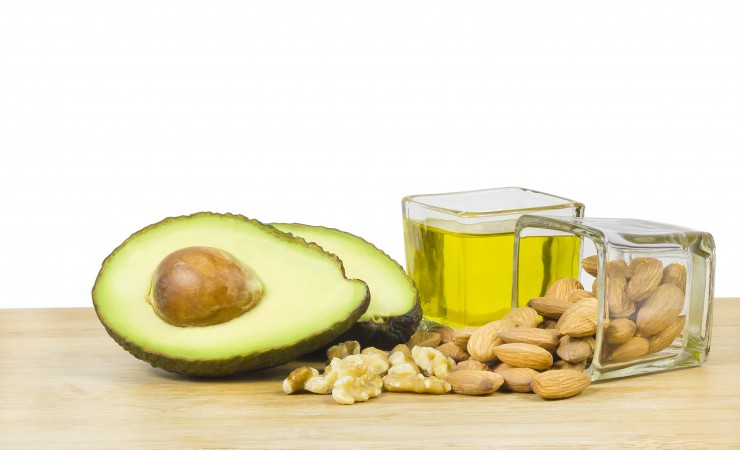Does fat make you fat? Do animal foods cause heart disease? Is margarine better than butter? These questions have been tossed around the nutrition world for a century. Unfortunately, we still don’t have conclusive answers, despite extensive research of populations around the globe.
For decades, the nutrition and health communities have been recommending we limit our total fat intake to 30 percent of our total calories, saturated fat to 10 percent of total calories and cholesterol to 300 milligrams per day. Thanks to new research, the proposed 2015 Dietary Guidelines from the U.S. throws all of this out the window.
The 300-milligrams-per-day cholesterol guideline was based on early 20th Century research. Rabbits were fed purified cholesterol and developed hardened arteries. The hypothesis then became that high circulating cholesterol levels in the blood caused cardiovascular disease and increased risk for heart attacks. This informed decades of dietary recommendations to limit cholesterol-containing foods. It also lead to 40 percent of the current population being diagnosed with high cholesterol and, likely, taking prescriptions of the most popular drug class in existence, statins. The trouble with this founding study is that, as herbivores, rabbits don’t naturally eat cholesterol. Perhaps if dogs had been used instead, they could have been fed oodles of cholesterol without developing problems.
We now know that most cholesterol in our body is produced by the liver to make cell membranes, hormones and digestive juices like bile. How much you produce and how it’s dealt with in your body is mostly governed by genetics. Dietary cholesterol is only 25 to 30 percent of the total cholesterol in our bodies. Rather than reducing intake of cholesterol-containing foods, one of the best strategies for limiting cholesterol absorption and re-absorption is to get adequate soluble fibre from legumes, fruits, chia or ground flax seeds, oats and barley.
With that said, egg yolks and shrimp are back on the table! Cheese may not be so bad, either. It seems that protein, bacteria and mineral compounds in cheese cause the body to deal with the saturated fat differently than it would with saturated fat from meat—which is still linked to heart disease risk. Considering beef, it may be that going against cattle’s natural inclination to eat grass, and finishing them on cereal grains like corn to achieve more marbled meat instead, is what has created this health consequence.
Consuming meat from grass-fed animals is definitely proving to be much healthier from a fat intake perspective.
The other debate that has yet to be resolved with certainty is whether saturated fats from animal foods are managed differently in our bodies than saturated fat from plants, such as coconut or red fruit palm oil. This in-depth question leads us into the butter versus margarine issue. With margarine sales declining dramatically over the last few years, it’s clear that this heavily processed food has not lived up to its original heart-health claim.
What’s the takeaway message? Forget low-fat and no-fat products! Rather, we may want to consider consuming fat as up to 40% of our total calories. This is especially true if it displaces sugars and refined carbohydrates and comes from whole, close-to-nature foods like avocado, nuts and seeds, fish, eggs, olives and other plant-based oils and some organic or grass-fed sources of meat and dairy if you’re so inclined.
Nicole is one of the Choices Dietitians. If you have any big fat questions for her, send her an email: nutrition@choicesmarkets.com.

